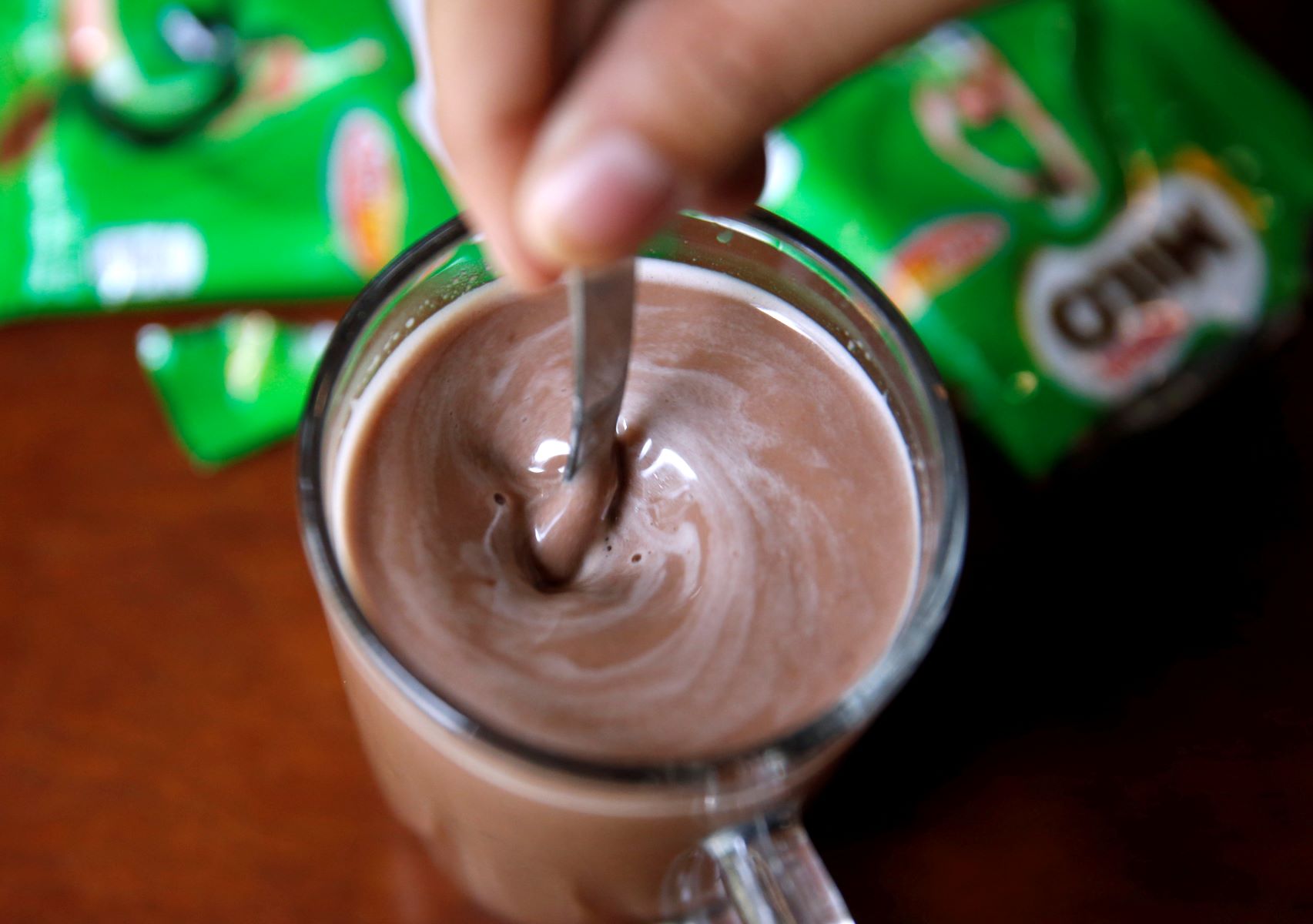
Milo is a popular chocolate malt drink that has been enjoyed by people of all ages for years. Packed with essential nutrients and delicious flavor, Milo is more than just a beverage – it’s a nutritional powerhouse. Whether you prefer it hot or cold, Milo offers a unique blend of ingredients that not only satisfy your taste buds but also provide numerous health benefits. In this article, we will explore 15 Milo nutrition facts that highlight the incredible nutritional profile of this beloved drink. From vitamins and minerals to antioxidants and energy-boosting properties, Milo is a perfect choice to fuel your body and keep you going throughout the day. So, grab a cup of Milo and let’s dive into its amazing health advantages!
Key Takeaways:
- Milo is a chocolate malt beverage packed with vitamins and minerals, providing a quick burst of energy while being low in fat and cholesterol. It’s a versatile drink enjoyed hot or cold, and loved by both kids and adults.
- Milo is not just a tasty drink, but also a popular ingredient in recipes like cookies and milkshakes. It’s a favorite breakfast choice and a go-to post-workout drink for athletes, making it a beloved beverage worldwide.
Milo is a chocolate malt beverage.
Milo is a popular chocolate malt beverage that is enjoyed by people of all ages.
It is packed with essential vitamins and minerals.
Milo contains a variety of vitamins and minerals, including vitamin A, vitamin C, calcium, and iron.
Milo is a good source of energy.
Due to its high carbohydrate content, Milo provides a quick and sustainable burst of energy.
It is low in fat and cholesterol.
Milo is a healthier option compared to other chocolate drinks as it has low fat and cholesterol levels.
Milo contains malted barley.
Malted barley is one of the main ingredients in Milo, which adds a unique flavor to the beverage.
It can be enjoyed hot or cold.
Milo can be prepared with hot milk or water during colder months, or served chilled over ice during warmer months.
Milo is a versatile ingredient.
Milo can be used in various recipes, such as Milo cookies, Milo milkshakes, and Milo ice cream.
It is a popular beverage in many countries.
Milo has gained popularity worldwide and is especially loved in places like Australia, Malaysia, and Nigeria.
Milo is often consumed as a breakfast drink.
Many people enjoy starting their day with a cup of Milo to help fuel their morning activities.
It is a great post-workout drink.
Milo is often recommended as a post-exercise beverage due to its ability to replenish energy and aid in recovery.
Milo is loved by athletes.
Athletes often use Milo as a source of energy and nutrients to support their training and performance.
It can be a source of comfort during colder weather.
Curling up with a warm cup of Milo can bring comfort and warmth during chilly days.
Milo can be enjoyed as a delicious dessert.
Milo can be sprinkled over ice cream or used as a topping for cakes to add a delightful chocolatey flavor.
It is a favorite among children.
Children love the taste of Milo and often request it as a treat or before bedtime.
Milo is a nostalgic drink for many adults.
For those who grew up drinking Milo, it holds sentimental value and brings back cherished memories.
Conclusion
In conclusion, Milo is a popular beverage that offers a range of nutritional benefits. It is rich in vitamins and minerals, provides a good source of energy, and can be enjoyed in various ways. Whether you prefer it hot or cold, Milo is a versatile and delicious option that can be enjoyed by people of all ages. It’s no wonder that Milo has become a household name and a favorite choice for many individuals seeking a tasty and nutritious drink.
FAQs
1. Is Milo suitable for children?
Milo is often consumed by children as a nutritious and tasty drink. However, it is important to consume it in moderation as part of a balanced diet.
2. Can I drink Milo when on a diet?
Milo can be incorporated into a well-balanced diet, but it is essential to watch your portion sizes and consider the overall calorie intake. It is recommended to opt for lower-fat milk or a milk alternative when preparing Milo.
3. Is Milo suitable for vegetarians or vegans?
Regular Milo contains milk and is not suitable for vegetarians or vegans. However, there are vegetarian and vegan-friendly alternatives available, such as Milo made with plant-based milk or Milo’s ready-to-drink variants formulated without dairy.
4. How should I store Milo?
Milo should be stored in a cool, dry place in an airtight container to maintain its freshness and prevent clumping. It is also advisable to follow the storage instructions mentioned on the packaging.
5. Can Milo be consumed by individuals with lactose intolerance?
For individuals with lactose intolerance, it is recommended to opt for lactose-free or plant-based milk options when preparing Milo. These alternatives will provide the same great taste without causing any discomfort.
Was this page helpful?
Our commitment to delivering trustworthy and engaging content is at the heart of what we do. Each fact on our site is contributed by real users like you, bringing a wealth of diverse insights and information. To ensure the highest standards of accuracy and reliability, our dedicated editors meticulously review each submission. This process guarantees that the facts we share are not only fascinating but also credible. Trust in our commitment to quality and authenticity as you explore and learn with us.
